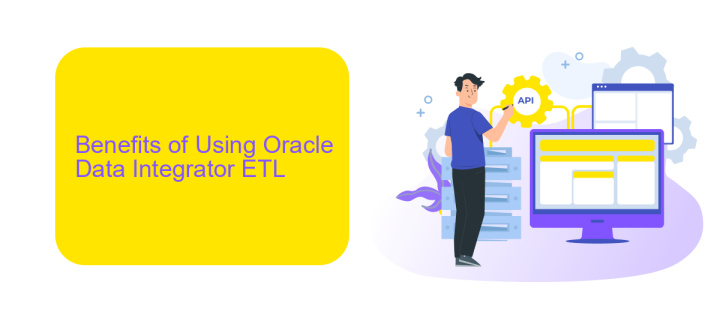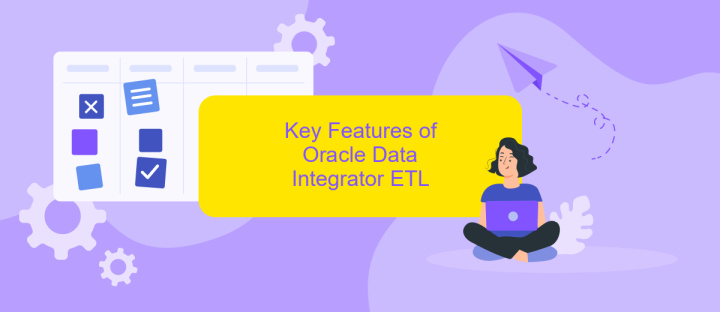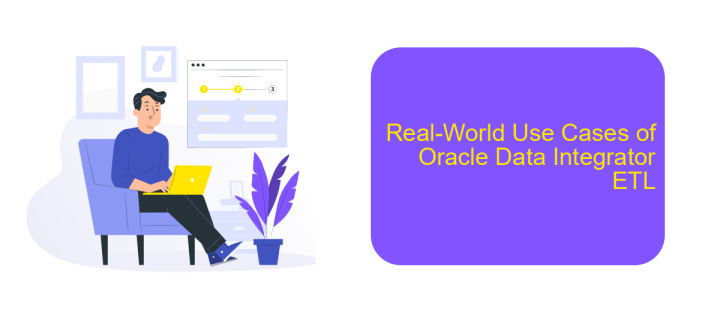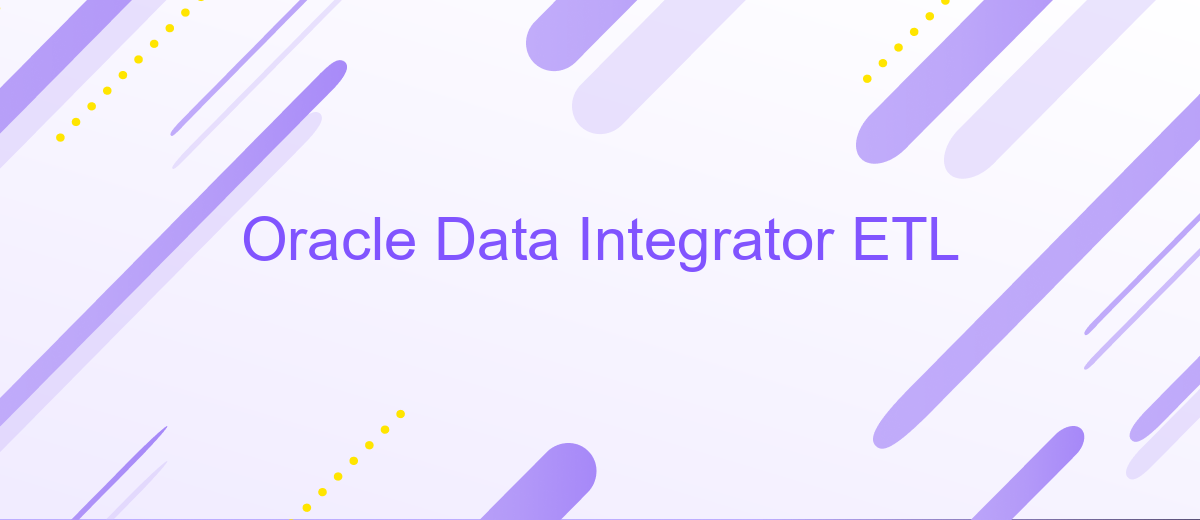Oracle Data Integrator ETL
Oracle Data Integrator (ODI) is a comprehensive data integration platform that simplifies and accelerates the process of extracting, transforming, and loading (ETL) data across diverse systems. With its high-performance architecture and user-friendly design, ODI enables organizations to efficiently manage complex data workflows, ensuring data accuracy and consistency. This article explores the key features and benefits of using ODI for ETL processes.
Introduction to Oracle Data Integrator ETL
Oracle Data Integrator (ODI) is a comprehensive data integration platform that provides a robust and efficient ETL (Extract, Transform, Load) solution. ODI enables businesses to streamline their data integration processes, ensuring data consistency, accuracy, and availability across various systems.
- High-performance data transformation and loading
- Support for a wide range of data sources and targets
- Advanced data quality and data governance features
- Flexible and scalable architecture
- Seamless integration with cloud and on-premises environments
ODI's declarative design approach simplifies the development and maintenance of data integration processes. For organizations looking to further enhance their integration capabilities, services like ApiX-Drive can be invaluable. ApiX-Drive offers a user-friendly interface for setting up and managing integrations between various applications, making it easier to automate data flows and ensure seamless connectivity across different platforms.
Benefits of Using Oracle Data Integrator ETL

Oracle Data Integrator ETL offers a robust and comprehensive solution for data integration, ensuring high performance and scalability. Its unique Extract, Load, and Transform (E-LT) architecture allows for efficient data processing by leveraging the power of the target database. This reduces the need for a separate ETL server, resulting in lower costs and simplified maintenance. Additionally, Oracle Data Integrator supports a wide range of data sources and targets, making it versatile and adaptable for various business needs.
Moreover, Oracle Data Integrator provides a user-friendly interface and advanced features such as real-time data integration, data quality management, and extensive monitoring capabilities. For businesses looking to streamline their integration processes, services like ApiX-Drive can be highly beneficial. ApiX-Drive offers seamless connectivity with Oracle Data Integrator, simplifying the setup and management of integrations across multiple platforms. This enhances overall efficiency and allows organizations to focus on deriving insights from their data rather than dealing with complex integration challenges.
Key Features of Oracle Data Integrator ETL

Oracle Data Integrator (ODI) ETL offers a robust and efficient solution for data integration and transformation. It is designed to handle complex data workflows and ensure seamless data movement across various systems. ODI's architecture is built to support high performance, scalability, and flexibility, making it a preferred choice for enterprises.
- Declarative Design: ODI uses a declarative design approach, which simplifies the development process by allowing users to define the desired end state of data without specifying the steps to get there.
- Knowledge Modules: These reusable code templates enable customization and optimization of data integration processes, enhancing efficiency and maintainability.
- Comprehensive Connectivity: ODI supports a wide range of data sources and targets, including databases, big data platforms, and cloud services, ensuring seamless integration across diverse environments.
- Enhanced Performance: By leveraging ELT (Extract, Load, Transform) architecture, ODI minimizes data movement and maximizes performance through in-database processing.
- Data Quality and Governance: Built-in data quality and governance features ensure the accuracy, consistency, and compliance of integrated data.
For those looking to streamline their integration processes further, services like ApiX-Drive can be instrumental. ApiX-Drive offers automated integration setups and real-time data synchronization, complementing ODI's capabilities and providing a comprehensive data management solution.
Real-World Use Cases of Oracle Data Integrator ETL

Oracle Data Integrator (ODI) ETL is widely employed in various industries to streamline data integration and transformation processes. Its robust architecture and extensive features make it suitable for diverse real-world applications. Companies leverage ODI for tasks ranging from data warehousing to real-time data synchronization.
One common use case is in the financial sector, where ODI is used to consolidate data from multiple sources for accurate reporting and analysis. Retailers also benefit from ODI by integrating sales data from different channels to optimize inventory management and customer insights.
- Healthcare: Integrating patient records from various systems to ensure comprehensive and accurate medical histories.
- Telecommunications: Aggregating data from various network sources to enhance service quality and customer experience.
- Manufacturing: Synchronizing data from production lines to improve operational efficiency and quality control.
In addition, services like ApiX-Drive can further enhance ODI's capabilities by providing seamless integration with various APIs, making it easier to automate and manage data flows across different platforms. This combination ensures that businesses can maintain high data quality and streamline their operations efficiently.


Conclusion
In conclusion, Oracle Data Integrator (ODI) stands out as a robust ETL tool that offers comprehensive capabilities for data integration and transformation. Its ability to handle complex data workflows, combined with a user-friendly interface, makes it an ideal choice for businesses looking to streamline their data processes. The flexibility and efficiency provided by ODI can significantly enhance data management and analytics, driving better decision-making and operational efficiency.
Moreover, integrating Oracle Data Integrator with services like ApiX-Drive can further simplify the process of setting up and managing data integrations. ApiX-Drive offers an intuitive platform for connecting various applications and automating data workflows, which complements the advanced features of ODI. By leveraging both ODI and ApiX-Drive, organizations can achieve seamless data integration, ensuring that their data is always accurate, up-to-date, and readily available for analysis.
FAQ
What is Oracle Data Integrator (ODI)?
How does ODI handle ETL processes?
Can ODI integrate with cloud services and applications?
What are the key benefits of using ODI for data integration?
How can I automate and streamline my data integration processes with ODI?
Apix-Drive is a universal tool that will quickly streamline any workflow, freeing you from routine and possible financial losses. Try ApiX-Drive in action and see how useful it is for you personally. In the meantime, when you are setting up connections between systems, think about where you are investing your free time, because now you will have much more of it.

